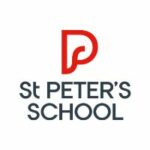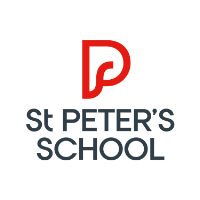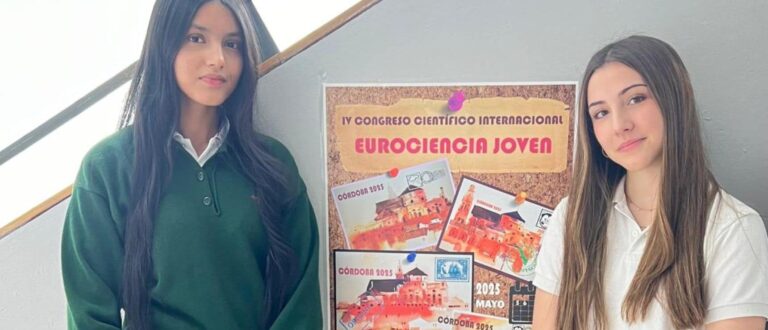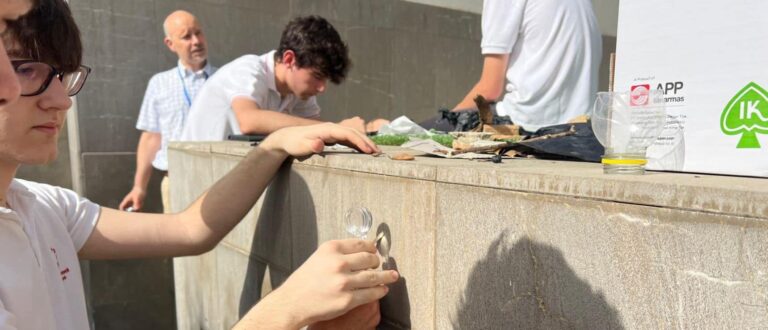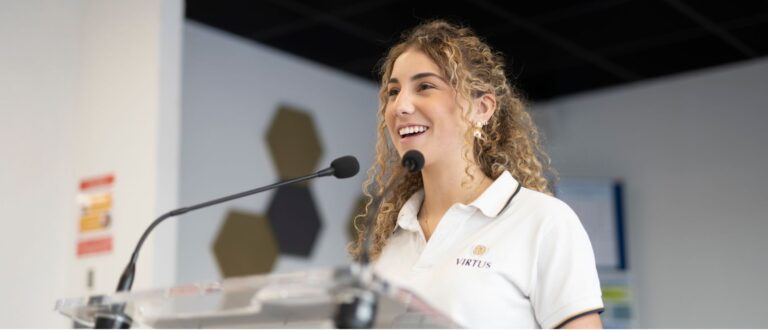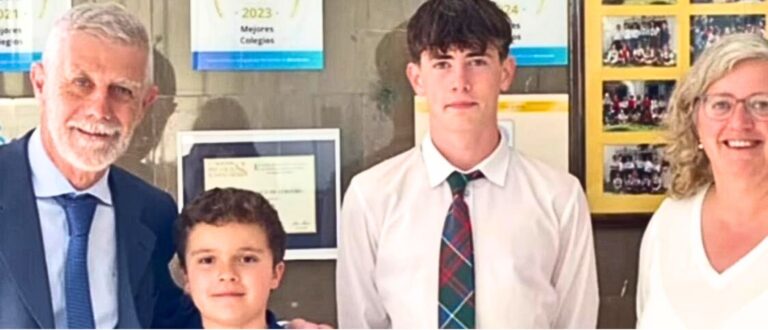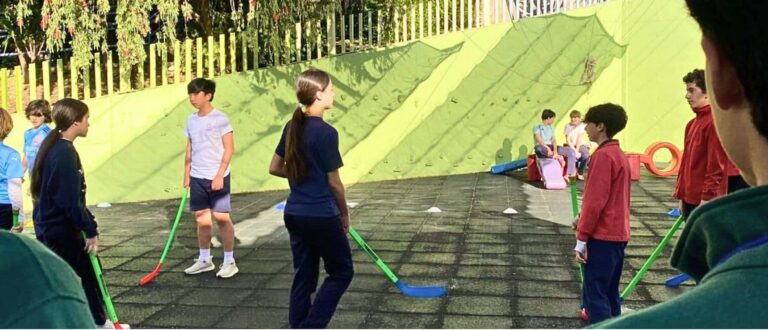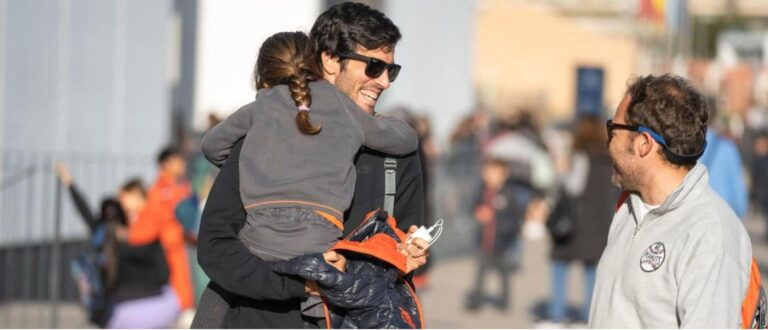One of the features that we consider important for the success of our School Project is consistency: achieving alignment around high expectations for our students and staff and then consistency of performance. According to McKinsey 7S framework in order to align an organisation to a new project or initiative we need the following 7S to work in harmony: strategy, structure, systems, style, staff, skills and shared values. The model does not produce all the answers, but can help us ask the right questions to identify what we can do to improve our school’s effectiveness.
As part of our alignment goal at St. Peter’s, during our first Professional Development Day in January we have introduced an Agile style of team management to our Education Team in Foundation Years.
According to our School Project we strive to instil learning agility in our students with a focus on learning-over-knowing with specific core competencies as IB learners: balance, inquiry, risk-taking, principled etc. (this is our school’s STRATEGY). Our Foundation Years Team is working to align STYLE and SYSTEMS to this STRATEGY. We want to place the agile mindset as our institutional ethos, so that our staff have a defining advantage in navigating the changes in education, brought by the 4th Industrial Revolution. We believe that the school world of the future will require teachers who can make sense and meaning of new and emerging needs, and solve problems not yet known.
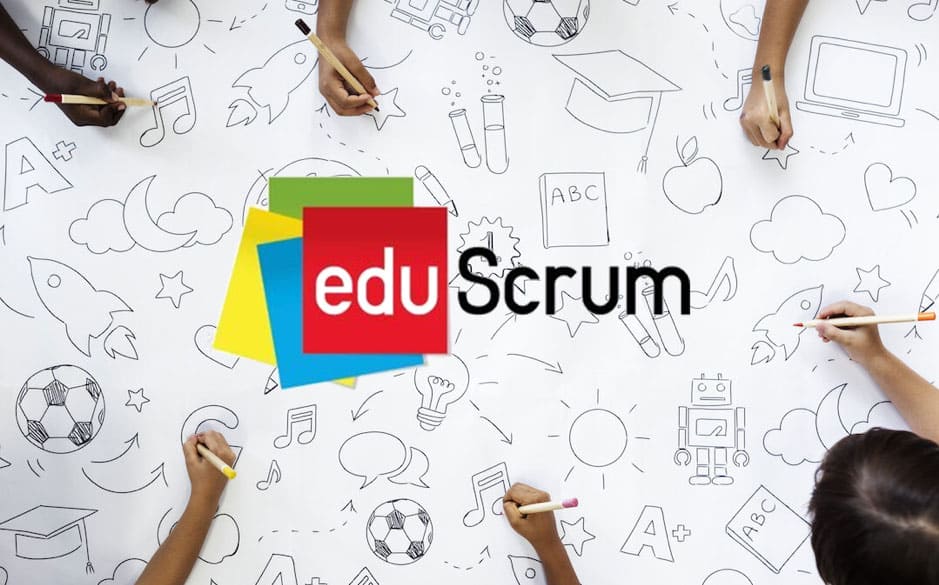
The Foundation Years Team has collaboratively brainstormed and agreed on “10 Eduscrum Principles for an Education Team” in order to ensure our STYLE and SYSTEM of work are in line with the School Project. The Eduscrum Principles are inspired by the Agile Manifesto and SCRUM Guide used by other organisations and include:
- Trust + support: The more diverse our team, the better our ideas will be, the better our work will be, and the more we’ll learn from each other.
- Work together: We collaborate proactively. We want to optimise flow across our school and not just locally our way of working within our team.
- Face to face conversation
- Satisfy the customer: We organise ourselves around our education services: to delight our students and their families; we focus on producing offerings, education and service that they need.
- Continuous improvement: We realise that to remain competitive we need to constantly look for ways to improve our processes, the outcomes that we are delivering to our students, and our organisational structures.
- Reflect + adjust: Every student, every family, every teacher and every team is unique. We face unique situations that evolve over time. The implication is that we must choose our way of working to reflect the context that we face and then evolve our way of working as the situation evolves.
- Make all work visible: We make our work visible at both the individual as well as the team level. Our team makes their workflow visible and thus have explicit workflow tools, so that everyone knows what everyone else is working on. We strive to improve our predictability to enable our team to collaborate and self-organise more effectively.
We believe that generating an alignment between St. Peter’s School strategy and our Education Team’s style of work and systems will aid our school transformation process.
By Krystina Smolensky, Head of Foundation Years
